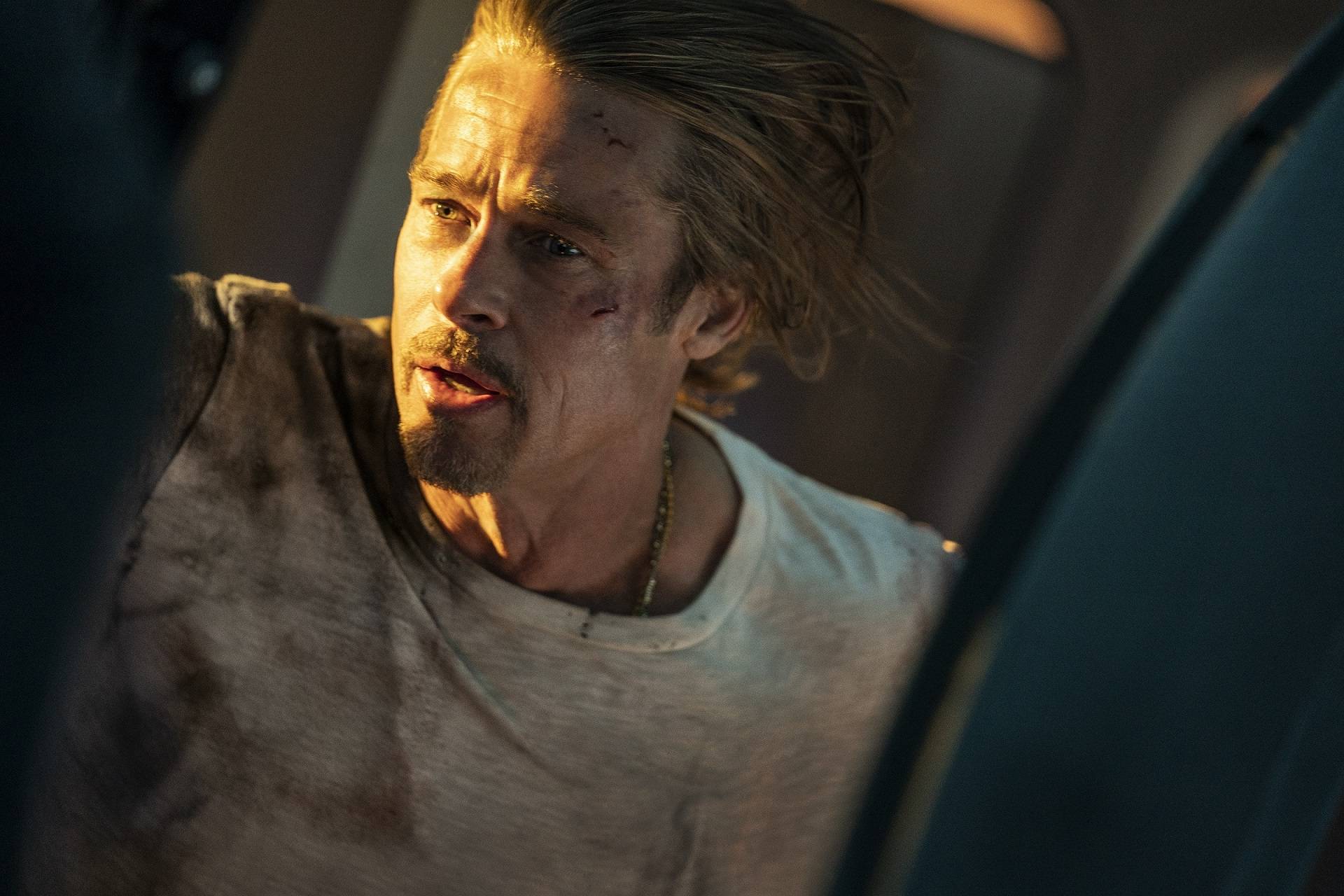If you’ve lived in Japan, visited or just spend unhealthy amounts of time on Instagram, it doesn’t take long to realize that something about “Bullet Train” is a bit off. David Leitch’s garish, hyper-violent comedy follows Brad Pitt and a bevy of contract killers on a high-speed shinkansen journey from Tokyo to Kyoto. Only it doesn’t seem to be happening in Japan at all.
Stick around for the end credits and you can catch the movie’s big reveal: It was actually filmed on a Sony backlot in California. Produced at the height of the COVID-19 pandemic, “Bullet Train” never even got a chance to alight in the country where it’s supposed to take place.
Instead, the movie’s art department concocted an ersatz, knock-off version, using the odd composite image of Tokyo and Kyoto but otherwise working with a free — and sometimes sloppy — hand. The production employed the same immersive LED wall technology used on the sci-fi series “The Mandalorian,” which feels appropriate: These are both fantasies.

















With your current subscription plan you can comment on stories. However, before writing your first comment, please create a display name in the Profile section of your subscriber account page.